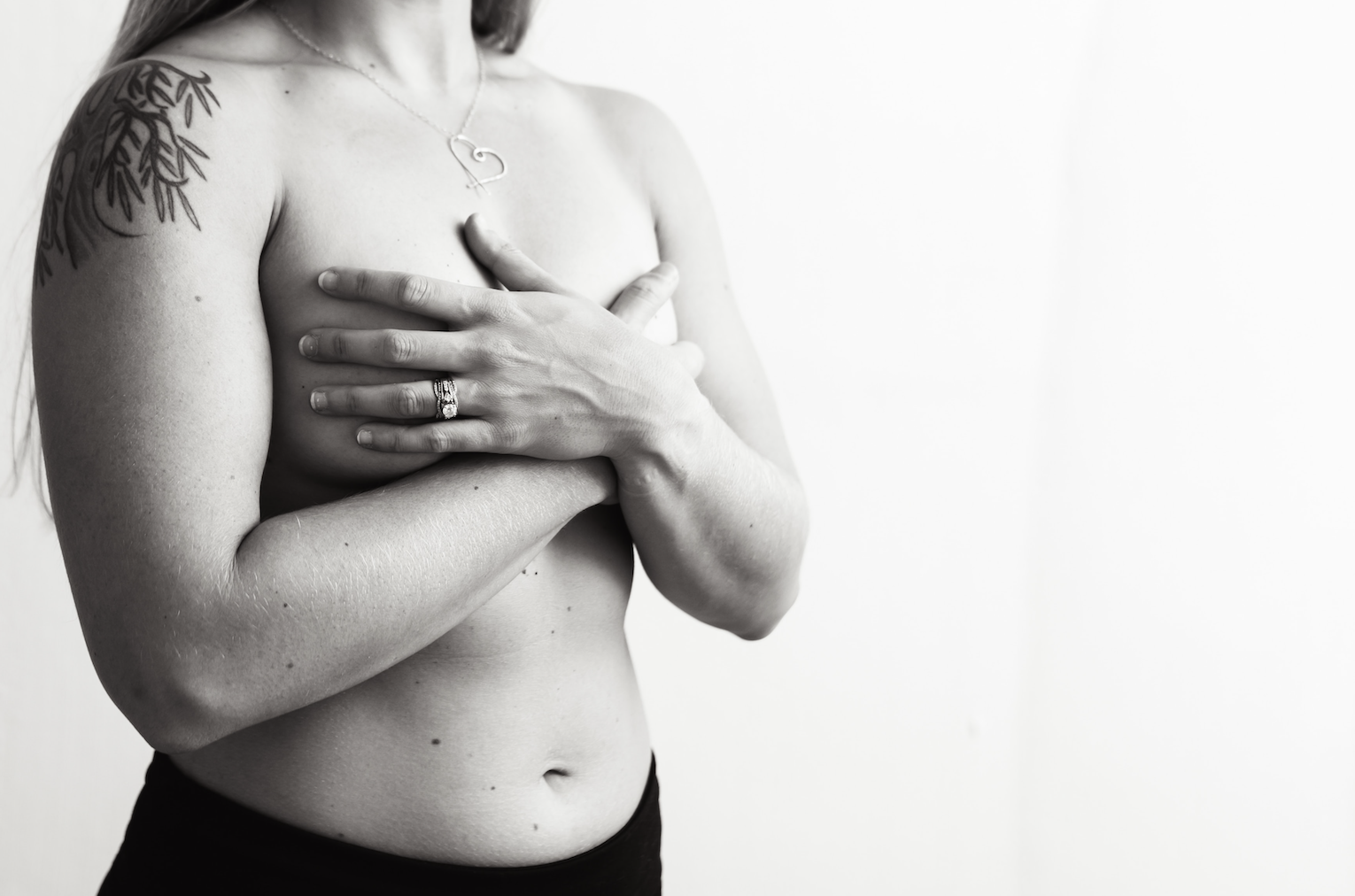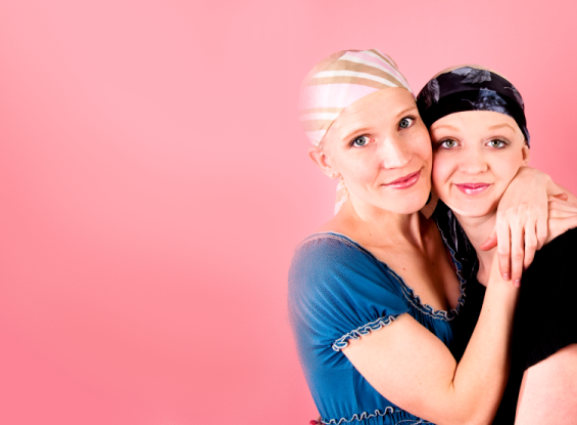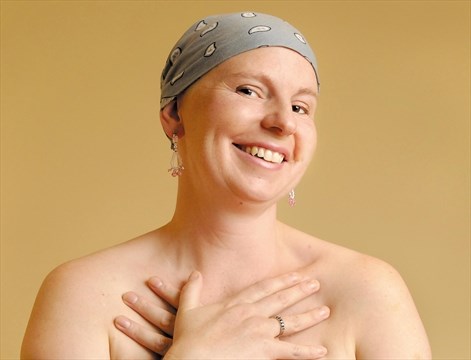As a pelvic floor physiotherapist, one of the most common challenges I see in patients recovering from cancer treatments is stress and tension. Whether you’ve undergone surgery, radiation, or chemotherapy, cancer treatment can take a toll not just on your body but also on your mind. This can often lead to tightness in the pelvic … Read More
What We’re Thinking About
Hydration and Healing: Why It Matters More During Breast Cancer Rehab
When recovering from breast cancer treatment, one of the most overlooked yet essential factors in rehabilitation is hydration. Proper hydration plays a vital role in recovery, supporting your body’s ability to heal, manage various treatment side effects, and regain strength. Water is the foundation of nearly every function in the body. When healing from breast … Read More
The Importance of a Multidisciplinary Recovery Approach for Breast Cancer Rehabilitation
A breast cancer diagnosis is life-changing, and the journey through treatment—whether it involves surgery, chemotherapy, radiation, or hormonal therapy—can take a significant toll on you. For many individuals, the road to healing extends well beyond medical interventions and a multidisciplinary approach to breast cancer rehabilitation ensures that every aspect of a patient’s well-being is addressed, … Read More
Understanding the Impact of Breast Cancer Treatment on Your Pelvic Floor and How to Manage It
Breast cancer is a life-altering diagnosis that affects millions of women each year. While much attention is given to the direct impacts of treatment on breast tissue, it’s important to recognize that cancer treatments like chemotherapy and hormone therapy can also have significant indirect effects on other areas of your body, including the pelvic floor. … Read More
Importance of Strength Training for Women Post-Breast Cancer Treatment
After the whirlwind of appointments, scans, and treatments that come with a breast cancer diagnosis, many women are left wondering, “Now what?” as they transition into survivorship. Questions about diet, exercise, and lifestyle often arise during this time, and with so much information available, it can be challenging to know where to turn. Exercise is … Read More
Inflammatory Breast Cancer
There are many different types of breast cancer but one less common and less talked about is inflammatory breast cancer. Inflammatory breast cancer is significantly more rare than other types and accounts for only about 1%-5% of all breast cancer diagnoses.1 It is caused by cancer cells interfering with the lymphatic vessels, causing an inflamed … Read More
Axillary Web Syndrome
Axillary web syndrome (AWS), also known as “cording”, is a condition that sometimes occurs after mastectomy or lymph node removal either by axillary lymph node dissection (ALND) or sentinel lymph node biopsy (SLNB) for breast cancer diagnosis or treatment. After these procedures, tender cords of tissue can sometimes be felt under the skin. They usually … Read More
Sexual Health and Cancer
When faced with a cancer diagnosis your first thought likely isn’t “how will my sexual health and intimacy be affected?”. Although this thought and consideration may not be a huge factor in your immediate steps through cancer treatment, it will almost certainly become a common focus later in treatment and even once your treatment is … Read More
Exercise During Chemotherapy
Chemotherapy is a pharmaceutical treatment designed to kill cancer cells in the body. Over half of women diagnosed with breast cancer will receive chemotherapy as part of their treatment.1 Chemotherapy is usually given every 2 or 3 weeks for multiple cycles. There are many side effects that can occur during and after chemotherapy, including nausea, … Read More
Exercise and Skin Care During Radiation
Radiation therapy is a common treatment for breast cancer, with approximately 50% of breast cancer patients receiving radiation at some point during their treatment.1 It is commonly done 5 days per week for 5-25 treatments total. The side effects and healing from radiation can be split into two phases: the acute phase and the long-term … Read More











